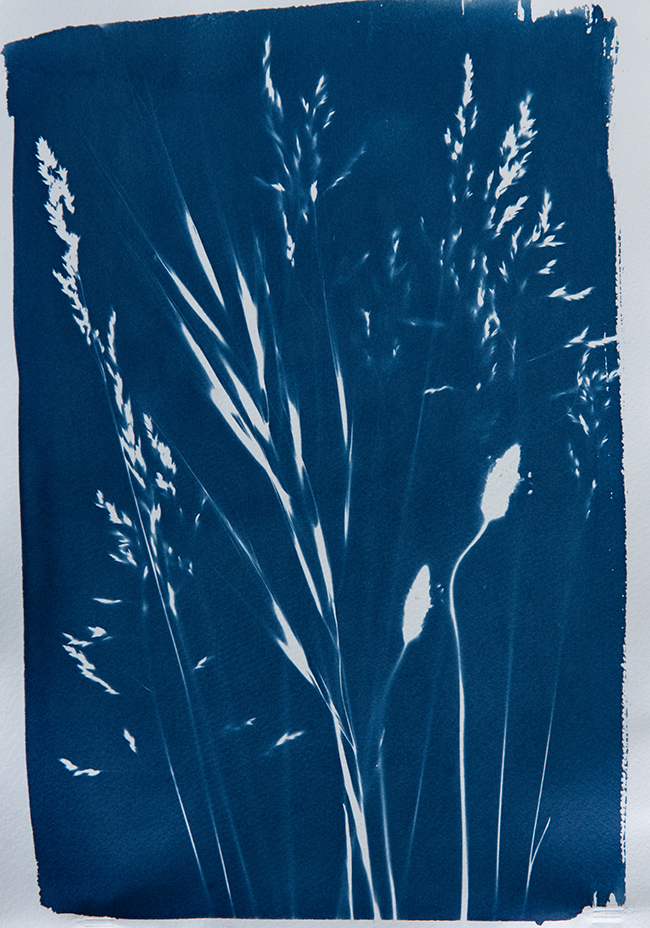Cyanotypes No.1
Playing around with Cyanotypes. The Cyanotype process is also known as the Blueprint process. It was first introduced by John Herschel in 1842 as a way of copying his astronomy notes. Anna Atkins was one of the first people to use the Cyanotype process. She was a botanist and used the process to produce images of plants, putting together the first book to use photographic illustrations.
Cyanotypes are mage by mixing Potassium Ferricyanide and Ferric Ammonium Citrate as an emulsion and painting this onto your paper (or fabric, stone, leather, wood) in dim lighting. The paper is then exposed to UV light either with an object on top or with a digital negative to create the image.
I haven’t done any alternative process photography for years, so thought it was about time I experimented a bit more.
Its a learning curve, but the what I really love about this process is how I am back to make images with my hands. Painting on the emulsion, getting the print ready, waiting for it to expose and then the washing to reveal the final image. I didn’t realise how much I had missed the hands on aspect of image making. I think I have a new obsession!

Skeleton leaves collected form Atiwhakatu track
This image was made from a collection of skeleton leaves that I collected whilst on a run by the Atiwhakatu Stream, Mt Holdsworth. The leaves were photographed like this on a white background and then a digital negative produced in order to a make a contact print onto a s sheet of watercolour paper coated with the cyanotype chemicals. I mage a few versions of this, trying to get the exposure correct with the density of the digital negative. Its a bit of a hit and miss process and times vary depending on the amount of UV light on the day you make the exposure

Grasses – No.1

Grasses N0.2

Grasses N0.3

Digital Negative

Feathers No.1
